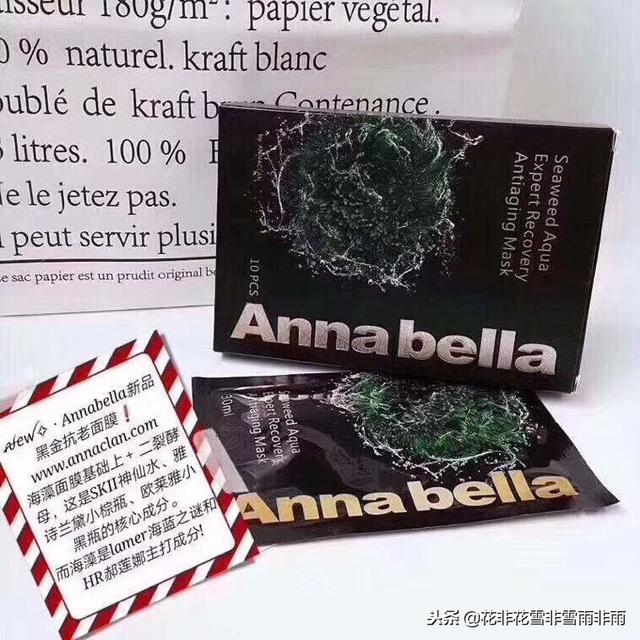Lesson 31: How Do You Travel?1 I can go almost anywhere on foot.,今天小编就来说说关于八年级下册英语冀教版一单元单词:冀教版八年级英语上第六单元?下面更多详细答案一起来看看吧!

八年级下册英语冀教版一单元单词:冀教版八年级英语上第六单元
Lesson 31: How Do You Travel?
1 I can go almost anywhere on foot.
我几乎可以步行去任何地方。
2 You could take a ship to your hometown!
你可以乘船去你的家乡!
3 It would take a long time to go from Canada to Britain.
从加拿大到英国要花很长时间。
4 I seldom travel by ship.
我很少坐船旅行。
5 I like rapid transportation, too.
我也喜欢快速交通工具。
Lesson 32:Trains GoFaster.
6 In the 1760s, a scientist in England found a way to put steam engines and wheels together.
在18世纪60年代,英国的一位科学家发现了把蒸汽机和轮子结合在一起的方法。
7 In 1804, the first train engine was born in England.
1804年,第一台火车发动机在英国诞生。
8 In 1825, the first passenger railway opened.
1825年,第一条客运铁路开通。
9 The Rocket was the most famous early engine.
火箭发动机是早期最著名的发动机。
10 People built many train stations to help passengers get on and off the trains easily.
人们建造了许多火车站,帮助乘客方便地上下车。
11 Early trains were slow by today's standards
以今天的标准来看,早期的火车很慢
12 Today's high-speed trains can travel at about 300 kilometres per hour.
如今的高铁时速约为300公里。
13 Maybe trains will have no wheels in the future.
也许未来的火车将没有轮子。
Lesson 33: Life on Wheels
14 Everything seems to have wheels, engines or wings.
每样东西似乎都有轮子、引擎或翅膀。
15 Long ago, horses pulled carts, but now we have engines on everything, even on bicycles and skateboards!
很久以前,马拉车,但现在我们所有的东西都有发动机,甚至自行车和滑板也有!
16 Then steam was able to power boats and cars.
后来蒸汽可以驱动船只和汽车。
17 The first car appeared about two hundred years ago, and now the roads are full of cars.
大约200年前出现了第一辆汽车,现在道路上到处都是汽车。
18 Over 100 years ago, people began to make flying machines.
100多年前,人们开始制造飞行器。
19 Now people can even travel to space in spaceships.
现在人们甚至可以乘宇宙飞船去太空旅行。
20 Can you imagine future transportation?
你能想象未来的交通方式吗?
21 It's good for my health and for the environment.
这对我的健康和环境都有好处。
Lesson 34:Flying Donuts
22 Last night, Danny stayed up late to make his invention.
昨晚,丹尼熬夜做他的发明。
23 Then you turn it on and jump into the air!
然后你打开它,跳到空中!
24 Danny has thought of a new kind of transportation. He wants to give a presentation on it to the class.
丹尼想到了一种新的交通工具。他想就此给全班同学做个报告。
25 Then he made two cardboard rockets.
然后他做了两个纸板火箭。
26 He painted them red and glued them onto the backpack.
他把它们涂成红色,然后把它们粘在背包上。
27 The donuts are the fuel.
甜甜圈是燃料。
28 I don't need oil or coal.
我不需要石油或煤炭。
29 Will Danny's invention really work?
丹尼的发明真的有用吗?
30 Probably not, but he had fun, and he used his imagination!
也许不是,但他玩得很开心,还发挥了想象力!
Lesson 35: Future Transportation
31 A hoverboard would be like a skateboard, but it wouldn't have any wheels.
悬浮滑板就像滑板,但它没有轮子。
32 It would go really fast, and the ride would be very smooth.
它会飞得非常快,而且非常平稳。
33 How would a hoverboard float?
悬浮滑板是如何漂浮的?
34 In these shows, people use new forms of transportation all the time.
在这些节目中,人们一直在使用新的交通工具。
35 A transporter would allow you to travel at the speed of light.
传送器可以让你以光速旅行。
Lesson 36: Clean Cars?
36 What types of transportation will people use a hundred years from now on?
一百年后,人们将使用什么样的交通工具?
37 We had to think of an invention and present it to the class.
我们必须想出一项发明并把它展示给全班同学。
38 He got on a chair and jumped down.
他坐到椅子上跳了下来。
39 I pedalled for more than an hour!
我骑了一个多小时!
40 In the future, cars will probably use water or sun energy to power them.
在未来,汽车可能会使用水或太阳能来驱动它们。
,




